|
Opinions 3 forecast trends for improving performance 31 MAY 2017 7:22 AM More sophisticated forecasting tools are helping hotel owners to make better decisions that drive improved performance at their properties. By Jay Troutman I expect a businessman and hotel developer in the White House will significantly affect our economy and industry trends. Understanding trends will always help us make better decisions and improve performance. That is why we go to industry conferences, track economic data and review STR reports—to help stay in touch with macro trends. (STR is the parent company of Hotel News Now.) Although big picture trends are always important, “forecast accuracy” quietly provides grist for improved performance. Better forecast accuracy starts with using today’s technology. Here are three forecasting trends hotel owners can tap into to improve performance: 1. Sophisticated forecasting tools Today’s forecasting tools are driver based. A driver is a specific measurement, such as expense per occupied room. Developing the necessary “business drivers” is gritty work, but worth the effort. A good forecasting system automatically compares each driver’s forecast with the actual—improving driver accuracy with each cycle. Spreadsheets can be dangerous, and are a limited solution. Mark T. Pate, assistant controller/IT director at Highpointe Hotel Corporation: “We automated our forecasting and budget processes |
when one of our ownership groups required line-item forecasting. They wanted to know where the hotel would finish its year at any point in time on a line-by-line basis—nearly impossible to keep current with a spreadsheet. We do this now with an automated forecasting system that lets us manage by the numbers to improve performance and profitability.”
2. Snapshots along the way
Today’s forecasting tools provide unlimited “snapshots,” providing easy “look backs” at your forecasts.
The ability to look back and see forecast accuracy (months ago) for any tracked metric can be an “eye-opener” and a differentiator for operators and owners.
For improved rolling forecasts, take and keep the snapshots along the way. Review the predictions month by month to see when your team honed in on the real numbers. Look for some “ah-ha’s” at those meetings. Today’s tools with snapshots can help your team get better.
Brian Cornell, CIO at Concord Hospitality: “We created an automated forecast—snapshots—that show owners where a hotel will finish its year at any point in time on a line-by-line basis. Comparisons to any of the snapshots can be analyzed to determine forecast accuracy.”
3. Measure forecast accuracy
Each manager and owner has his or her own experience-based perspective on how to run their business and how to forecast.
Trust your managers’ instincts and experience, but measure the success of their decisions.
Guide them to more accurate forecasts by regularly comparing their numbers with actuals for the same period. Reward results.
The marriage of human and business intelligence is a dynamite advantage.
“Near-perfect” forecast accuracy to guide cash and planning is a must. Companies that automate this process pave the way to improved performance.
Craig Devine, VP of finance and analytics at HRI Lodging: “We rely on up-to-the-minute performance management through the automation of blended actual daily values with the balance of the month being forecast.”
Darren Phillips, principal at Magnolia Hotel Group: “We upgraded our forecasting systems and processes to automatically update forecasts that more accurately monitor trends. The result is better expense management based on actionable data that reduces risk.”
News from industry conferences indicates that we are continuing to enjoy an OK cycle.
Use this “positive period” to review and upgrade your forecasting tools, experiment with snapshots, and measure and track forecast accuracy for its impact on decisions and performance.
When hoteliers know what’s coming, we know what to do about it.
Jay Troutman (jayt@aptech-inc.com), a member of the International Society of Hospitality Consultants (ishc.com), is president of Aptech Computer Systems, Inc. in Pittsburgh, Pennsylvania. He and his wife Margo have 7 children and 17 grandchildren.
The opinions expressed in this column do not necessarily reflect the opinions of Hotel News Now or its parent company, STR and its affiliated companies. Columnists published on this site are given the freedom to express views that might be controversial, but our goal is to provoke thought and constructive discussion within our reader community. Please feel free to comment or contact an editor
with any questions or concerns.

